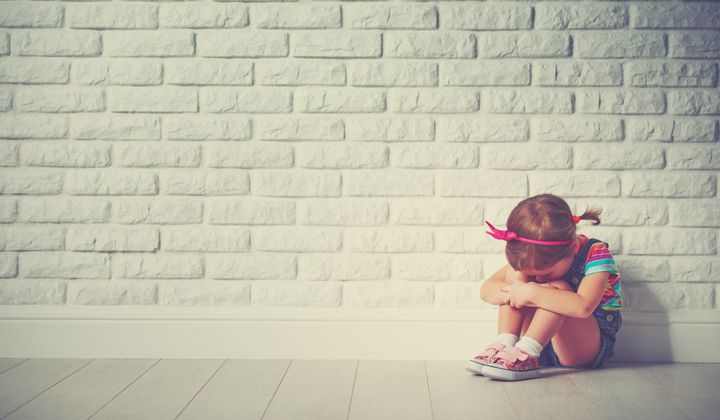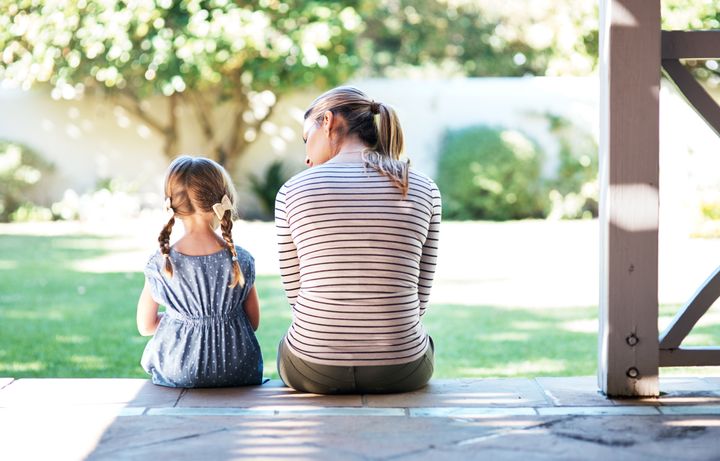
Most people probably don’t think too much about social workers until they need their help. Many won’t really understand what they do unless they have had first-hand experience with one of their many functions.
But the work that social workers do often out of the public eye makes a huge difference to those in need of support. We spoke to Kathryn, a 27-year-old social worker in a local council child protection team to find out what her role entails.

Training
Kathryn started her working life in schools as a play worker and teacher’s assistant, but switched her career after she discovered she found the caring aspect of school work more satisfying than the educational side.

In 2014, Kathryn started training to become a social worker through the Frontline programme, a charity with a mission to transform the lives of vulnerable children by recruiting and developing outstanding individuals to become social workers.
After an intensive five-week course covering theories and best practice models, Kathryn had a year’s training placement, shadowing a training social worker and starting to support families herself as she gained in confidence and experience. Her professional development continues throughout her career with regular best practice training on various elements of care.
After three and a half years at Newham, three months ago Kathryn started her new job at the child assessment and intervention unit in Islington; an area of extreme wealth alongside social deprivation.
Assessing the situation

When people call to report concerns that a child may be being abused or neglected, they are put through to the contact team at their local council. “They can choose to talk anonymously or ask that they remain anonymous to the child’s family,” Kathryn explains. “It’s helpful to give as much information about the child’s situation and the reason for their concern - anything that helps us build up a picture.”
Referrals to the team can come from a number of sources, including schools, health services, family members, the police and, of course, concerned members of the public.
“Social workers in the child assessment and intervention team will use this information to decide whether a child is suffering or likely to suffer significant harm, in which case it becomes a child protection issue, or whether a child is in need,” says Kathryn.
“We’ll conduct a child and family assessment, which is when a child is allocated a social worker. We’ll get to know the household, who is living in the family home, who plays an important role but may live elsewhere. It can be helpful to do a family tree to understand all the relationships. When a child is referred to children’s services, we’re assessing risk of harm to the child, but every decision is also informed by medical professionals and the school and what the child and family tells us.
After an initial assessment and information gathering, if there are significant concerns, a child protection conference is held to which parents or carers and children can be invited alongside all the health, educational and social professionals involved. “Everyone shares information and decides whether a child protection plan is needed,” explains Kathryn. “It’s really important that families are given a jargon-free explanation of the whole process and are an active part of it.”
If a child protection plan is put in place, a social worker will see the family every two weeks and this core group will meet every four to six weeks. “There’s quite a lot of organisation involved in my job,” says Kathryn, with admirable understatement. It’s a holistic, collaborative approach, enabling us to put together the right support and help for the whole family, so the child can be safe and happy.”
Supporting the children

“The most important part of my job is listening, staying curious and not assuming I know everything. I need to develop supportive relationships by being open, honest and respectful. If I’m concerned about neglect of a baby, I’ll be looking for signs like is he clean and reaching his milestones, does he seek eye contact with his mum for reassurance. With teenagers, I aim to be open and honest and build a relationship so they open up about their lives. Safeguarding includes risks in the wider community, for example, becoming involved in gangs or being sexually exploited”.
“With younger children, I’ll be engaging them through play - not sitting them down and talking at them. While we’re playing with playdough or drawing, I might ask open-ended questions like, “If you had three wishes, what three things in your life would you want. The child could tell me she wants to be a princess or disclose something really serious like abuse. It’s important that I stay very contained and don’t show any shock.”
“Technically my hours are 9.00am to 5.15pm, but I’ve got home at midnight many times,” Kathryn says. “The work takes me to some many different places - homes, schools, different parts of the country, young offenders’ units, prisons. And if there a crisis, you just can’t leave.”
Working with families

Kathryn says that families’ responses to a social worker’s involvement are varied. “Some people are very open and willing to work with you. For others, you’re perceived as just one more problem and an embarrassment – but we really are a safety net, not a punishment.
“While the needs of the child come first, a big part of the role of a social worker is encouraging families to recognise the support network they already have in place, like friends and extended family, and develop more support. For example, I might accompany a parent to the benefits office to help sort out a problem or introduce a parent to the support at drop-in children’s centres. Families are the experts on themselves but as well as identifying risks, I support them to recognise their strengths. ”
Unsung hero
Kathryn is keen to point out that while a crisis or tragedy may hit the headlines, the opportunities to champion the careful, caring work that social workers do every day are rare.
“Good social work is rarely given attention,” she says. “The best times for me are seeing children becoming happier and more confident, and their parents too, because of the support work we do. We’re here to help children grow up safe and happy and empowering families to thrive independently.
“One common misconception is that social workers remove children from their parents. No one wants to do that, and it really is a last resort. We’re here to support families. ”
If you or someone you know has been affected by any of the topics in this article, you can find advice provided by the NSPCC. Find more about how to report concerns to your local council.